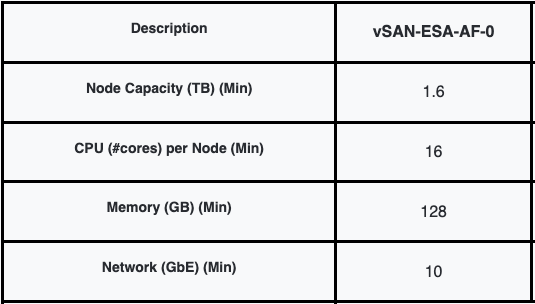I wrote about the Witness Resilience feature a few years ago and had a question on this topic today. I did some tests and then realized I already had an article describing how it works, but as I also tested a different scenario I figured I would write a follow up. In this case we are particularly talking about a 2-node configuration, but this would also apply to stretched cluster.
In a stretched cluster, or a 2-node, configuration when a data site goes down (or is placed into maintenance mode) a vote recalculation will automatically be done on each object/component. This is to ensure that if now the witness ends up failing, the objects/VMs will remain accessible. How that works I’ve explained here, and demonstrated for a 2-node cluster here.
But what if the Witness fails first? Well, I can explain it fairly easily, then the VMs will be inaccessible if the Witness goes down. Why is that? Well because the votes will not be recalculated in this scenario. Of course, I tested this and the screenshots below demonstrate it.
This screenshot shows the witness as Absent and both the “data” components have 1 vote. This means that if we fail one of those hosts the component will become inaccessible. Let’s do that next and then check the UI for more details.
As you can see below, the VM is now inaccessible. This is the result of the fact that there’s no longer a quorum, as 2 out of 3 votes are dead.
I hope that explains how this works.



